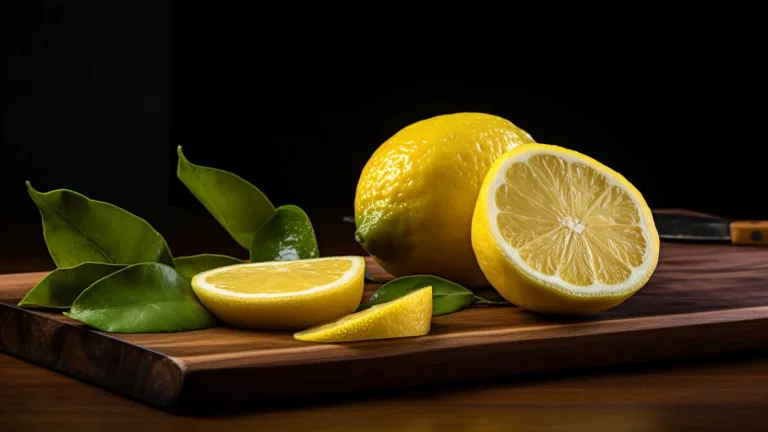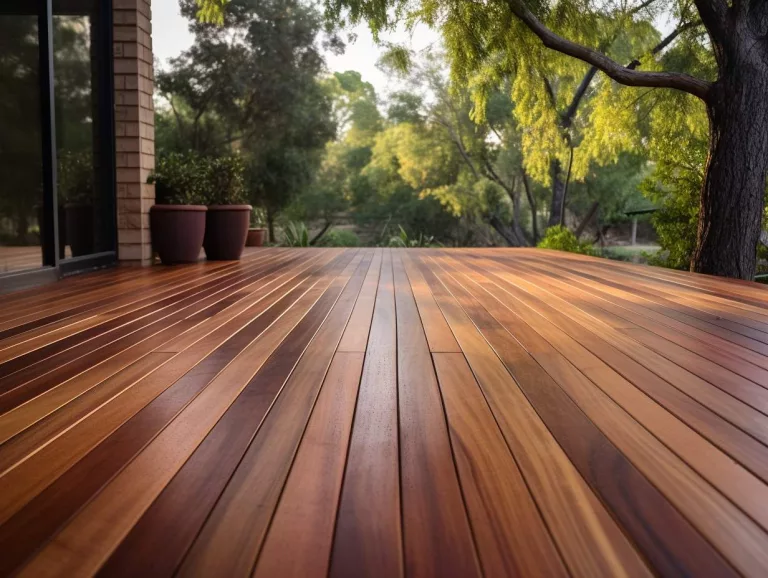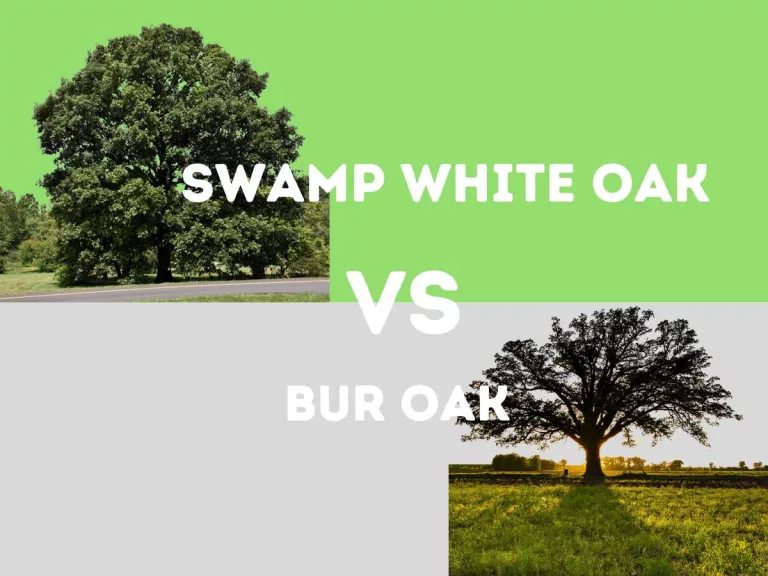European Oak vs White Oak: Stunning Differences
European oak and white oak are both highly valued for their wood, but they have distinct differences that affect their use and appearance in various applications. Here’s a detailed comparison based on a number of aspects.

Difference Between European Oak and White Oak
The primary differences between European Oak and White Oak lie in their origins, physical characteristics, and applications. European Oak, from species like Quercus robur, is native to Europe and is known for its distinctive, irregular grain and golden-brown color. It’s widely used in furniture, flooring, and wine barrels. White Oak, such as Quercus alba, originates from North America and features a more uniform grain with a lighter color.
It’s renowned for its durability and water resistance, making it ideal for outdoor applications, boatbuilding, and whiskey barrels. While both are durable and aesthetically pleasing, their unique qualities make them suitable for different uses. Nevertheless, European Oak vs White Oak discussion is superbly interesting.
Physical and Botanical Characteristics
The variations of these species in terms of botanical parameters are given here
| Feature | European Oak (Quercus robur/petraea) | White Oak (Quercus alba) |
|---|---|---|
| Color | Light to medium brown, often with an olive cast | Light to medium brown, sometimes with a grayish tint |
| Grain | Straight with a coarse, uneven texture | Straight with a finer, more uniform texture |
| Tree Size | Up to 100 feet tall with a broad, spreading crown | Similar height but with a more rounded crown |
| Fiber Construction | High tannin content, resistant to insects and fungi | Closed tyloses make it water-resistant |
| Leaves | Lobed with smooth edges, short stalk | Lobed with rounded tips, longer than European oak |
| Bark | Dark gray, deeply furrowed, rough texture | Lighter gray, less furrowed, may appear flaky |
| Acorn Maturation | Acorns mature in about 6 months, are short-stalked | Acorns take two seasons to mature, are long-stalked |
| Wood Porosity | Ring-porous with large earlywood pores | Ring-porous but with smaller pores than European oak |
Usage and Applications
Following differences are based on usage, nativity, and growth.
| Feature | European Oak (Quercus robur/petraea) | White Oak (Quercus alba) |
|---|---|---|
| Growing Season | April to October | Similar but can vary by climate |
| Native Range | Europe, from the British Isles to Russia | Eastern and central North America |
| Common Uses | Fine furniture, flooring, joinery, construction | Furniture, flooring, boatbuilding, barrels, outdoor structures |
| Outdoor/Indoor Use | Both, but less durable outdoors compared to white oak | Highly suitable for outdoor use due to decay resistance |
| Furniture Performance | Durable, classic appearance, ages well | Durable, harder surface, suitable for heavy use |
You can check their differences in this video.
An additional demonstration of differences on this is here.
Additional Attributes
I can compare them on some other attributes:
| Feature | European Oak (Quercus robur/petraea) | White Oak (Quercus alba) |
|---|---|---|
| Durability | Good durability, particularly in dry conditions | Excellent durability, especially in wet conditions |
| Rot Resistance | Good resistance to rot, but less so than white oak | Very good resistance to rot and decay |
| Workability | Generally good, but can vary with the grain; can blunt tools due to high tannin content | Good workability; however, the presence of silica can dull cutters |
| Historical Significance | Often associated with European history and tradition | Associated with American history, especially in shipbuilding and architecture |
| Price and Availability | Varies, can be more expensive due to import costs in North America | Generally more readily available and affordable in North America |
More Resources
- Red oak vs white oak
- Oak differences: live vs water, black versus red, pin versus scarlet, water versus pin, willow versus pin
- Do you consider oak a hardwood?
FAQs
Is European oak better than American oak?
“Better” depends on the application. European oak is preferred for its classic appearance and is widely used in furniture and flooring. American oak, particularly White Oak, is known for its durability and water resistance, making it ideal for outdoor use and boatbuilding.
How durable is European oak?
It is quite durable, especially in dry conditions. It’s resistant to insects and fungi due to its high tannin content, making it a good choice for indoor furniture and flooring.
Is European oak harder than American oak?
European oak and American oak (White Oak) are similar in hardness, but White Oak is slightly harder.






